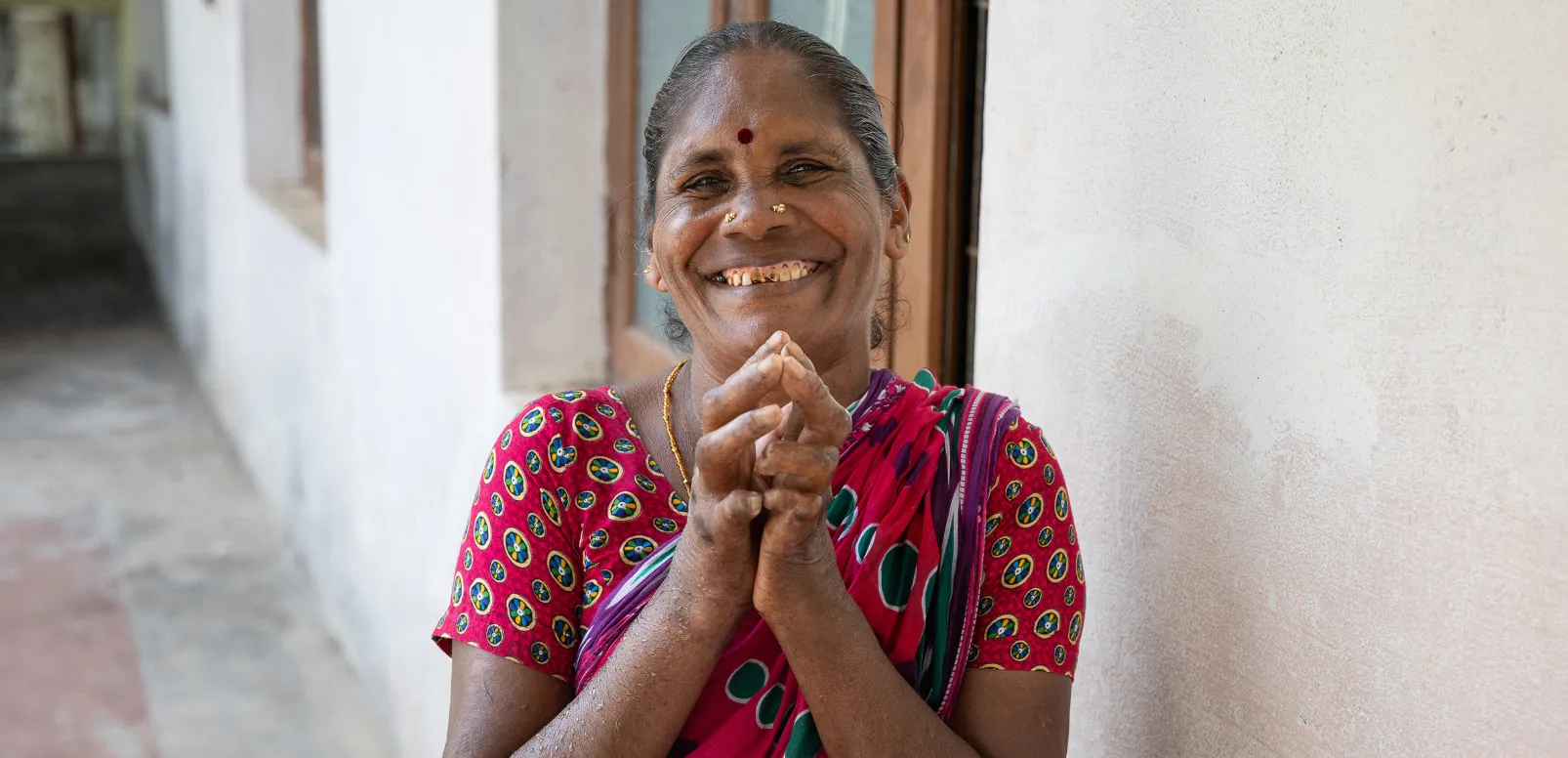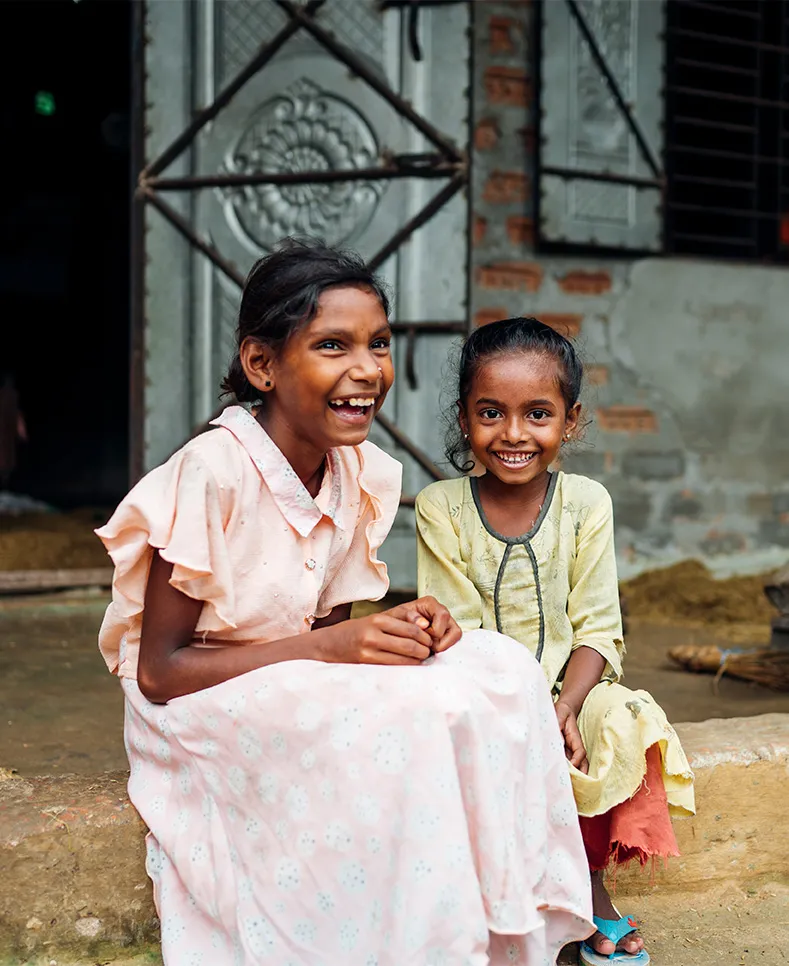Dhwani was only ten years old when she noticed pale patches forming on her skin—first on her right elbow, then slowly spreading across her back. Living in a remote village in southern India, her parents had never heard of leprosy.
Outreach teams had not yet reached their community, and without access to proper healthcare, her family turned to traditional healers. For two years, Dhwani drank herbal teas and participated in rituals, hoping for a cure.
But the patches didn’t go away. In fact, they grew. Dhwani had leprosy, but neither she nor her family knew it.
In many of the world’s poorest and most isolated places, leprosy still goes undiagnosed for years. People don’t recognise the symptoms, like pale skin patches and numbness. They don’t realise the disease is caused by bacteria and is easily curable with the right treatment. Most devastating of all, many still believe it is a curse.
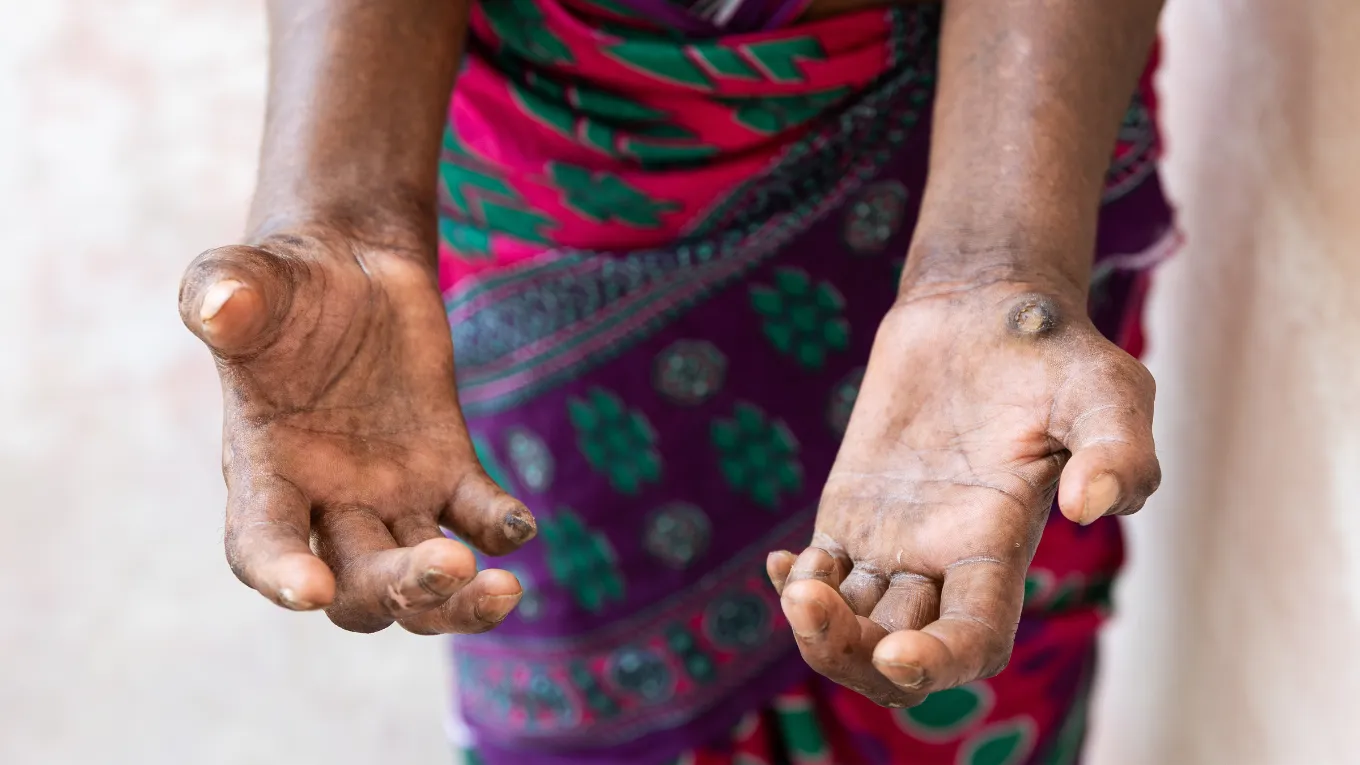
Dhwani lived with undiagnosed leprosy for 15 years. By the time she was finally diagnosed, the disease had already begun damaging the nerves in her hands and feet. She started Multi-Drug Therapy (MDT) right away and was cured—but no one had told her that the effects of leprosy can continue long after the bacteria are gone.
“I kept it as a secret because I didn’t think anything more would happen,” she said. “I didn’t know that deformities could still come years later.”
After treatment, Dhwani married a kind fisherman. Believing her leprosy was in the past, she didn’t tell him. They began building a life together by the sea and soon had a daughter. But then her fingers began to curl. The numbness in her feet returned and worsened. She didn’t realise that the nerve damage from leprosy meant she had to care for her feet and hands every day, even after being cured.
When her husband discovered her history with leprosy, everything changed. He began calling her Kushta Rogi—a Hindi term for “leper”—even in public.
“He used to call me Kushta Rogi even in the middle of the road when there were others around.”
The term is deeply stigmatising and no longer used in compassionate care, but the damage was done. Eventually, he left, taking their little girl with him.
Dhwani’s story is heartbreaking, but not uncommon. The physical effects of leprosy are often less painful than the rejection, shame, and isolation people face after diagnosis. Many are cut off from their communities, their families, and their livelihoods.
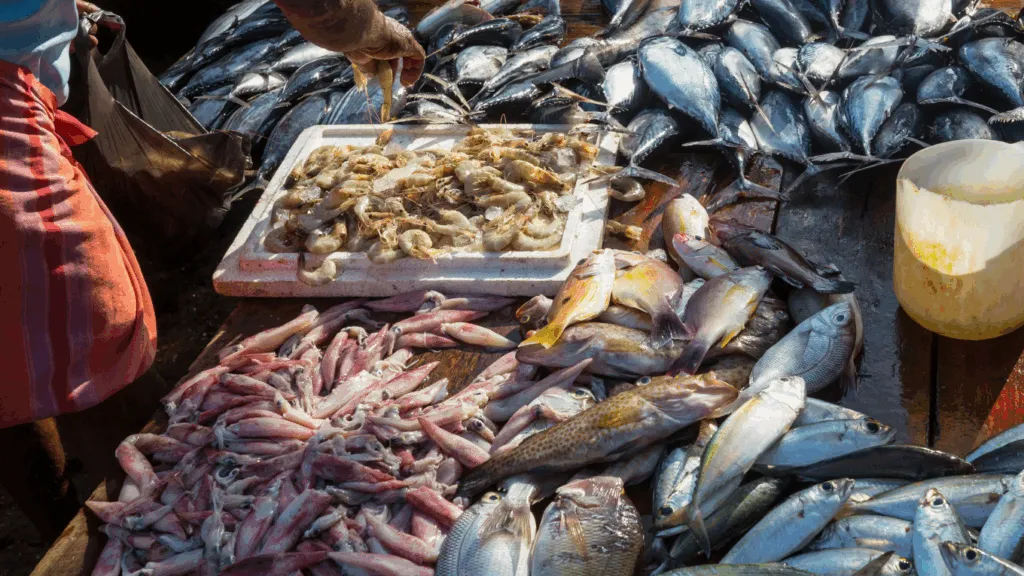
Before her condition worsened, Dhwani earned a small income selling fish. But as walking became more painful and her appearance changed, people refused to buy from her. Her hands couldn’t carry baskets, and her feet—damaged by numbness and frequent injury—could barely hold her weight.
One of the most practical and life-changing pieces of support Dhwani received was a pair of protective sandals. Designed specifically for people with leprosy-affected feet, these sandals are made in the Life and Limbs Workshop in Chidambaram. Here, expert craftspeople—many of them with personal experience of leprosy—create custom footwear and prosthetics to prevent injury and promote independence.
“My feet have lost all feeling,” Dhwani says. “But these shoes… they protect me. They stop the injuries I don’t even feel happening.”
Because of the numbness caused by leprosy, people like Dhwani often don’t notice cuts or burns. Without feeling pain, wounds go untreated and can lead to infection. If left too long, infections spread—sometimes requiring amputation to stop them reaching vital organs.
That’s why education and ongoing care are just as important as medical treatment. People affected by leprosy need to learn how to care for their bodies, protect themselves, and manage the long-term effects of the disease. Communities also need to be educated, so that stigma, fear, and misunderstanding don’t continue to isolate and harm those who’ve already suffered so much.
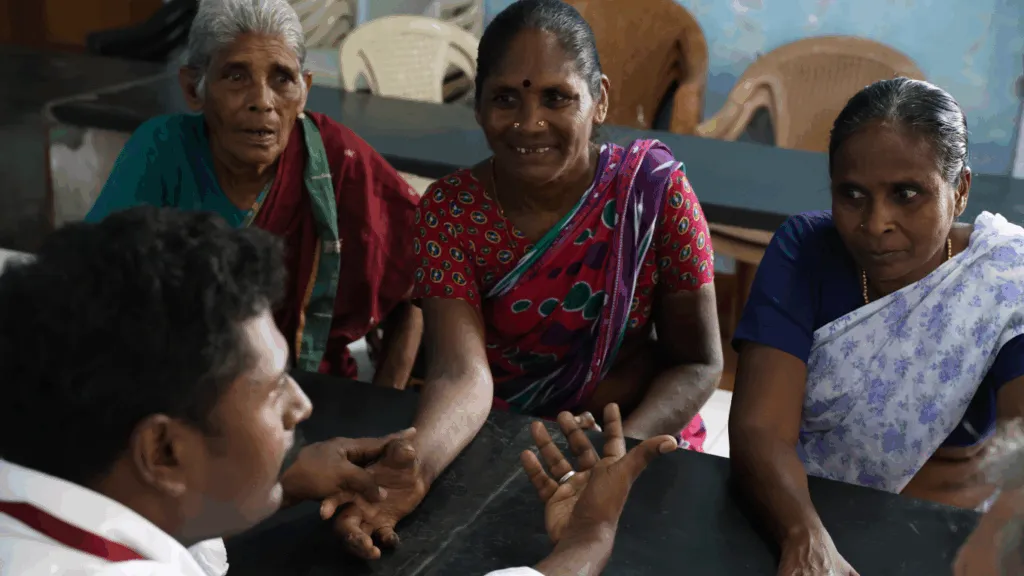
Thanks to support from The Leprosy Mission, Dhwani is receiving the care she needs—not just physical support like sandals and medical advice, but also emotional care, counselling, and community education. She now knows how to protect herself, and she’s not facing it alone.
“I’m really happy that The Leprosy Mission is there for me,” she says.
Dhwani’s story is one of resilience and strength in the face of misunderstanding and rejection. It’s also a reminder that curing the disease is only part of the solution—what’s just as important is restoring dignity, inclusion, and hope.
If you’d like to help provide Protective Shoes to people like Dhwani, your contribution can make a real difference. You can donate Protective Shoes below!

For more stories like this, you can browse our full collection here!
